AMD launches Dragon platform featuring Phenom II processor
AMD says its new Phenom II processor, its fastest desktop CPU ever, will make its Dragon platform fly.

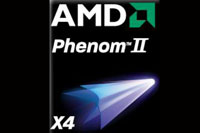
AMD today announced the availability of its Phenom II desktop processor, which it said is its faster performing CPU ever.
The company said that the Phenom II, previously codenamed 'Deneb', offers a performance increase of up to 20 per cent compared to last year's Phenom.
The CPU is one component of AMD's 'Dragon' platform, which consists of its Phenom II processor, its 7-series chipsets, and its ATI Radeon HD 4800 series discrete graphics cards. This platform is released one year since it released its Spider platform which also consisted of processor, chipset and graphics card.
AMD will be releasing the Phenom II X4 940 at 3GHz and the Phenom X4 920 at 2.8GHz. These will be priced at $275 and 235, respectively. Each is a native quad-core part with 8MB of cache - 512Kb Level 2 per core, and 6MB of shared Level 3.
The parts are built using AMD's 45nm silicon-on-insulator process, which it first employed when producing its 'Shanghai' core Opteron server processor. Both draw 125W and are packaged using AMD's AM2+ form factor.
However, Ian McNaughton, AMD's senior manager for product and platform marketing, admitted to IT PRO that the Spider platform was created with no real plan for how it would all fit together. By contrast, the Dragon platform was intended to bring a tangible benefit to customers.
McNaughton said that the Dragon platform offered three of these energy efficiency, platform longevity through backwards and forward compatibility, and value through its competitive pricing.
Sign up today and you will receive a free copy of our Future Focus 2025 report - the leading guidance on AI, cybersecurity and other IT challenges as per 700+ senior executives
"The platform is only as strong as your weakest piece of silicon," said McNaughton, implying AMD confidence that it has a solution that can take on Intel.
AMD is claiming dramatic power improvements for the Phenom II processors with its rather clumsily titled Cool'n'Quiet 3.0 technology, starting figures of a 30-40 per cent reduced power draw under heavy loads, 50 per cent less under light loads and 40-50 per cent less and idle power.
The new chipsets will work will older Phenom parts and will also supports the upcoming AM3 parts based on DDR3, giving the system more longevity. Current Phenom II parts support DDR2 memory.
As for value, McNaughton was keen to stress that AMD was being competitive with its pricing.
McNaughton also highlighted fast media transcoding as another benefit of the Dragon platform. This is converting digital media from one format to another, a use that is becoming increasingly important as portable devices such as the iPhone become commonplace. AMD said that using its platform an ATI card can transcode 12x faster than an Intel platform and 1.5x faster than an Nvidia based one.
He also explained that the 3GHz Phenom II was an 'unlocked' part, meaning that it could be run at much higher frequencies that its standard stock speed, a technique known as 'overclocking'.
According to AMD's internal testing it has been seen to run at up to 4.8GHz in a system using conventional air cooling, and up to 6.2GHz using specialist techniques such as liquid nitrogen.
Benny Har-Even is a twenty-year stalwart of technology journalism who is passionate about all areas of the industry, but telecoms and mobile and home entertainment are among his chief interests. He has written for many of the leading tech publications in the UK, such as PC Pro and Wired, and previously held the position of technology editor at ITPro before regularly contributing as a freelancer.
Known affectionately as a ‘geek’ to his friends, his passion has seen him land opportunities to speak about technology on BBC television broadcasts, as well as a number of speaking engagements at industry events.
-
 I couldn’t escape the iPhone 17 Pro this year – and it’s about time we redefined business phones
I couldn’t escape the iPhone 17 Pro this year – and it’s about time we redefined business phonesOpinion ITPro is back on smartphone reviews, as they grow more and more intertwined with our work-life balance
-
 When everything connects, everything’s at risk
When everything connects, everything’s at riskIndustry Insights Growing IoT complexity demands dynamic, automated security for visibility, compliance, and resilience
-
 Framework Desktop review: Modular design and ferocious AMD performance
Framework Desktop review: Modular design and ferocious AMD performanceReviews AMD's Ryzen Max CPUs debut in Framework's impressive modular self-build small-form desktop PC
-
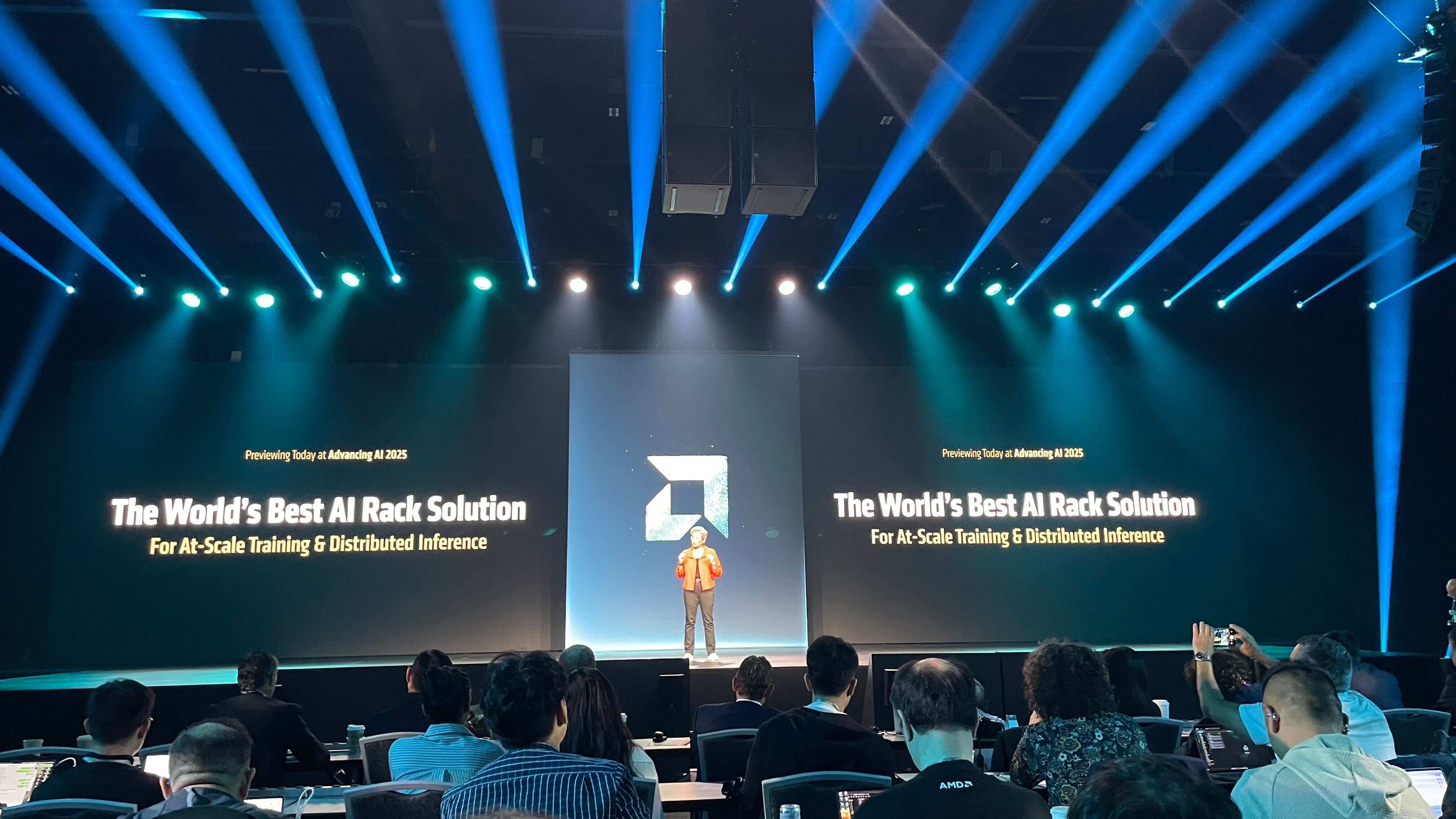 AMD chief exec Lisa Su says its new Helios AI rack is a 'game changer' for enterprises ramping up inference – here's why
AMD chief exec Lisa Su says its new Helios AI rack is a 'game changer' for enterprises ramping up inference – here's whyNews The integrated hardware offering will feature upcoming AMD chips and networking cards
-
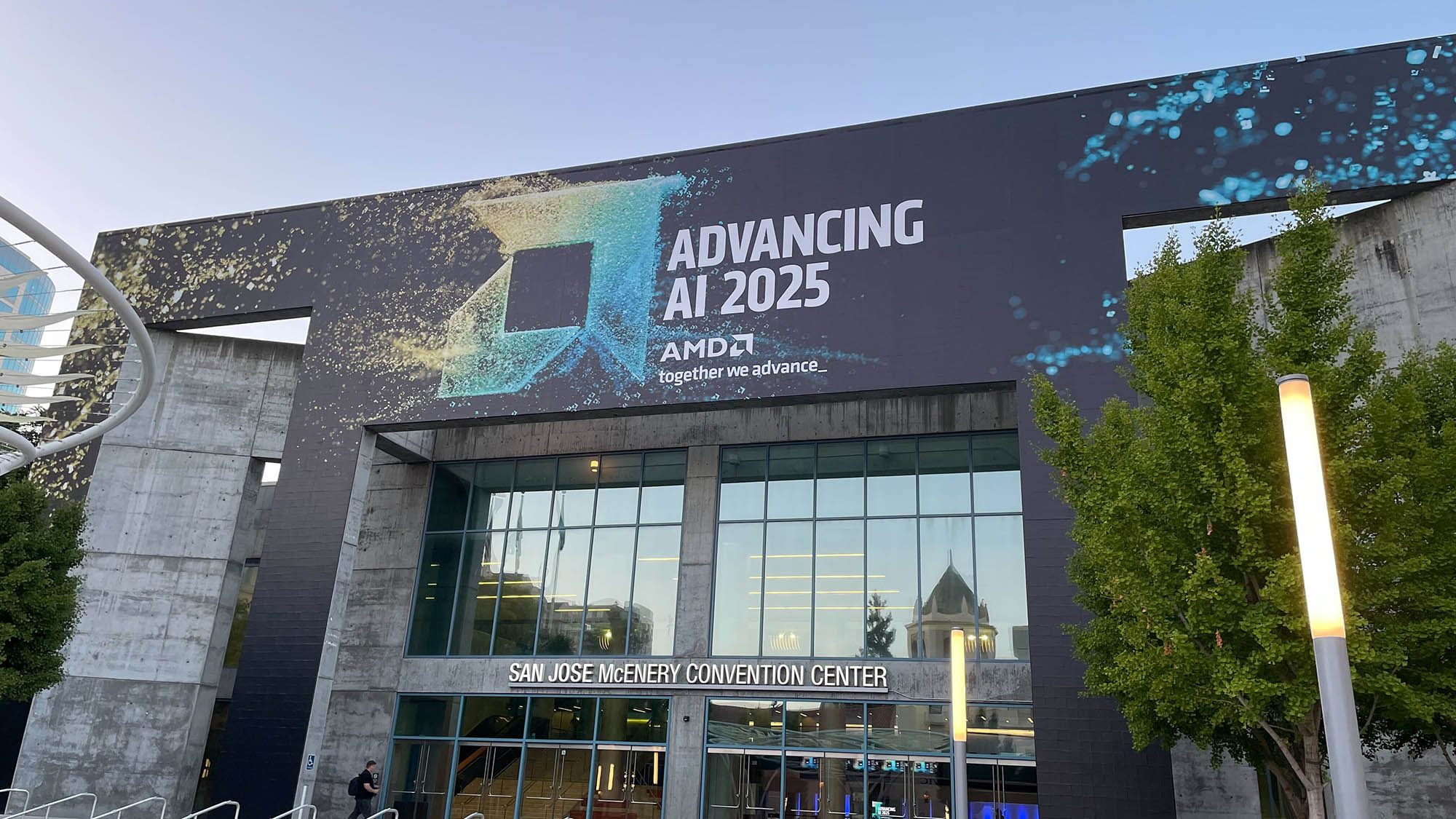 AMD Advancing AI 2025: All the latest news and updates from San Jose
AMD Advancing AI 2025: All the latest news and updates from San JoseFollow all the news and updates live from AMD's latest Advancing AI conference
-
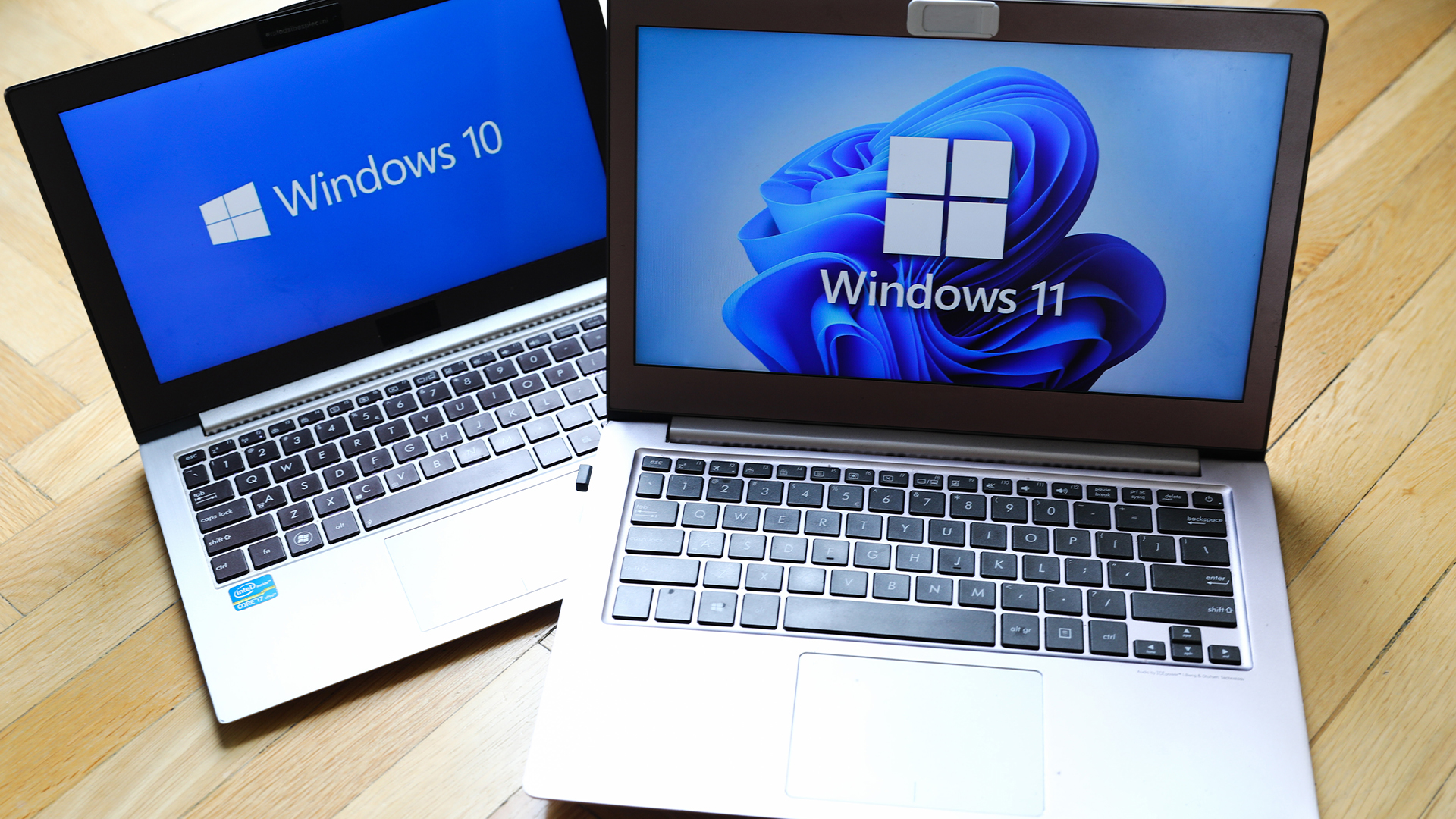 What enterprises need to be Windows 11 ready
What enterprises need to be Windows 11 readySupported Hardware purchasing will play a key role in delivering success during the Windows 11 migration rush
-
 Why the CPU you chose is the key to Windows 11
Why the CPU you chose is the key to Windows 11Supported The end of Windows 10 is on the horizon – it’s time to upgrade to an fTPM-protected processor
-
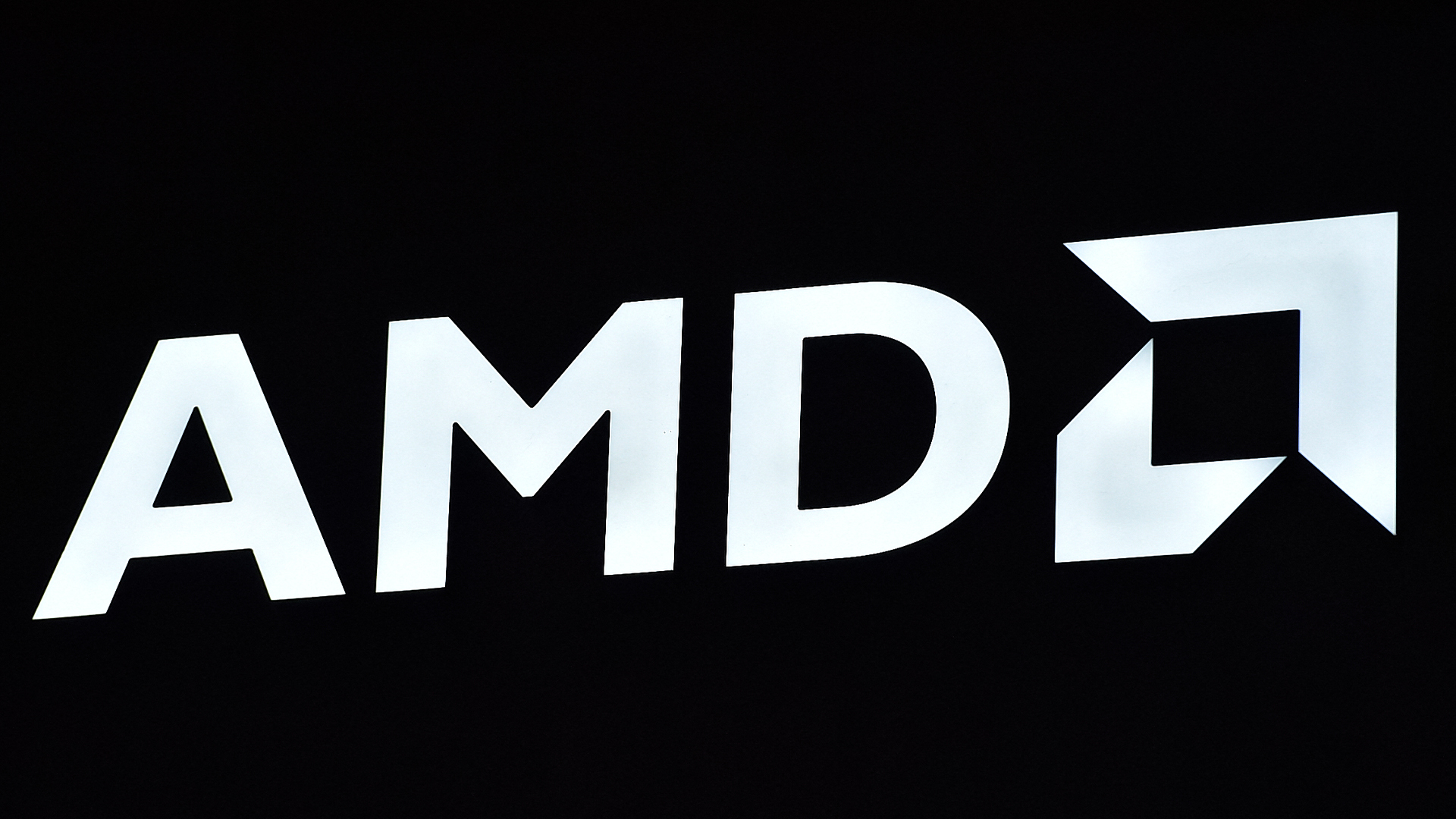 AMD and Intel’s new x86 advisory group looks to tackle Arm, but will it succeed?
AMD and Intel’s new x86 advisory group looks to tackle Arm, but will it succeed?News The pair will look to make x86 CPU architecture more interoperable
-
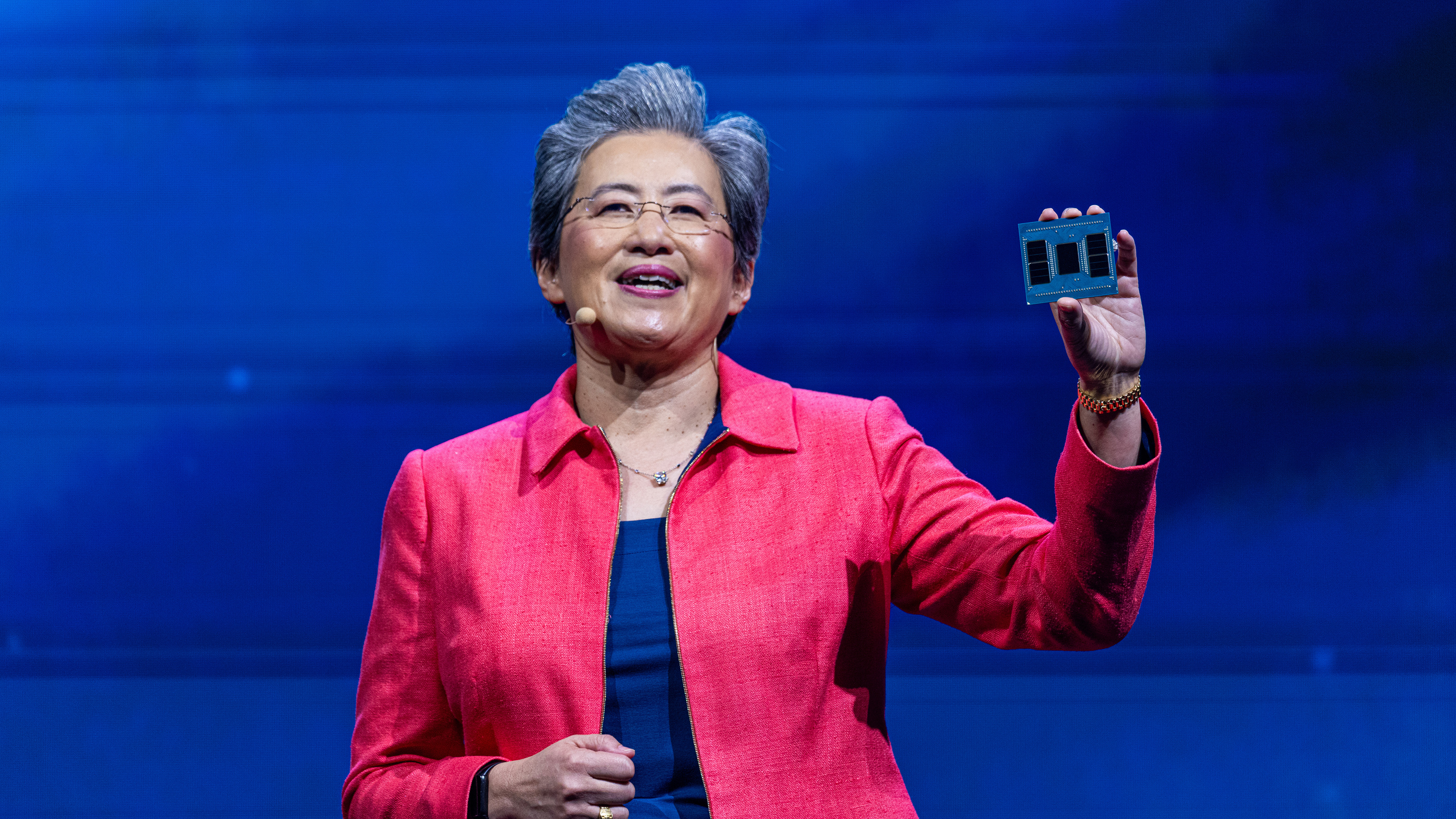 AMD’s patient roadmap has become a highway to success
AMD’s patient roadmap has become a highway to successAnalysis While everyone was focused on Nvidia’s meteoric rise, AMD was preparing the hardware needed to take the fight to its long-time competitor
-
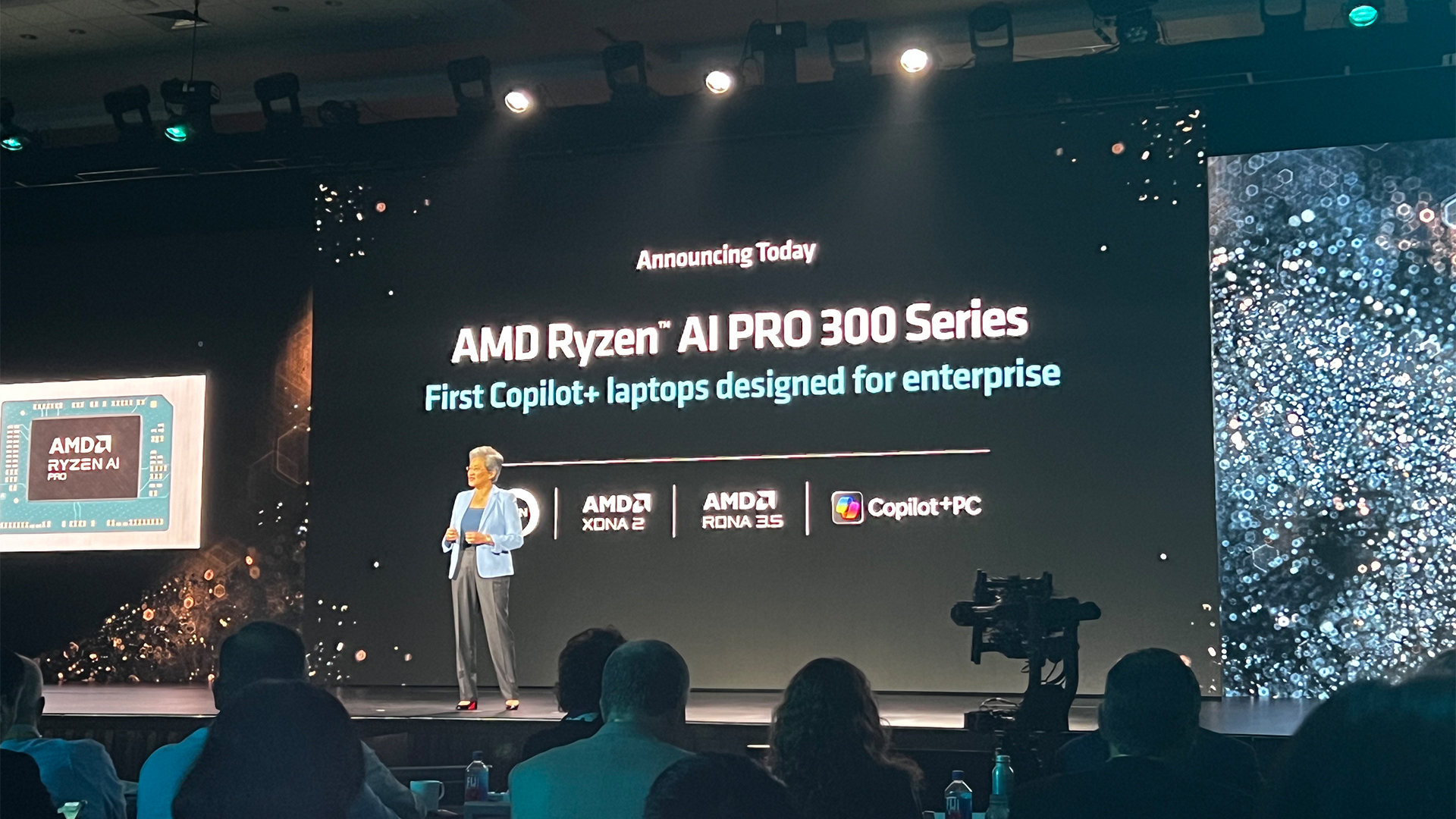 AMD just made a big statement in the AI PC race with its Ryzen AI Pro 300 series processors
AMD just made a big statement in the AI PC race with its Ryzen AI Pro 300 series processorsNews With all eyes focused on the AI PC craze, AMD looks to one-up the competition
